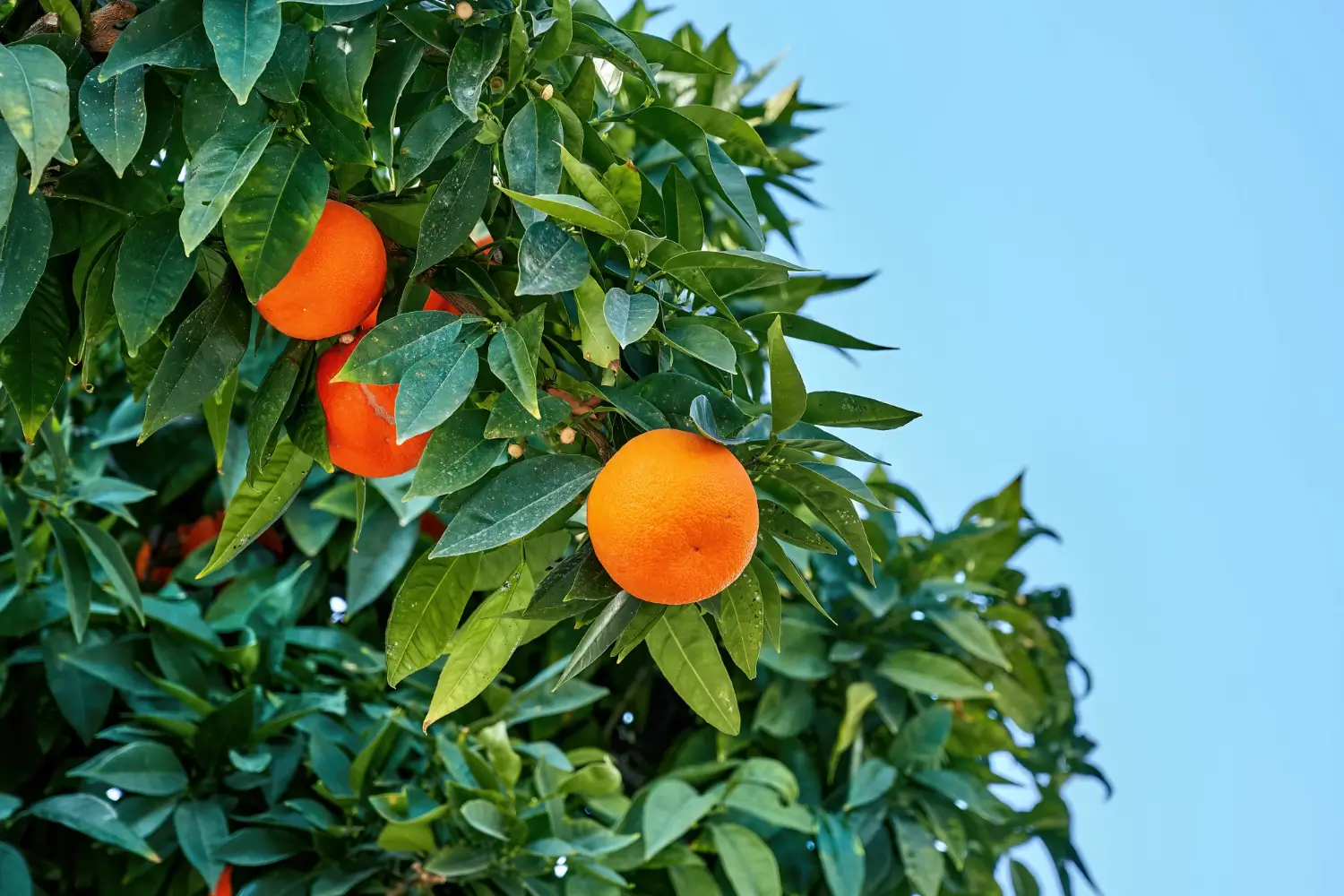
Soil Health & Fertilization
We unite suppliers and green industry professionals worldwide
Calathea warscewiczii, commonly referred to as the Jungle Velvet Calathea is famous for its lush, velvety leaves with a deep green feathered pattern and rich purply-green undersides that seem to glow in soft light.
By Mariam Scott
|Published on November 30, -1
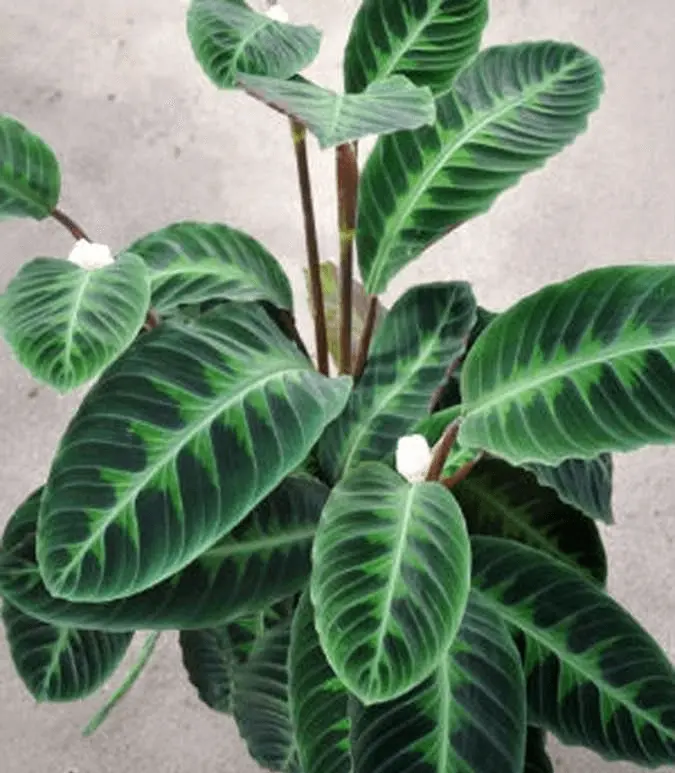

“There are always flowers for those who want to see them.” — Henri Matisse
If you’re looking for a houseplant that instantly brings bold tropical vibes without requiring blooms, Calathea warscewiczii could be the one for you. This dramatic ornamental foliage plant, commonly referred to as the Jungle Velvet Calathea, is famous for its lush, velvety leaves with a deep green feathered pattern and rich purply-green undersides that seem to glow in soft light. It’s native to Central America, and as a houseplant it is beloved for its ornamental beauty and meditative presence worldwide.
But the Calathea warscewiczii is more than just a beautiful leaf. If cared for properly, it’s a tough, satisfying plant that offers a dramatic design statement to shadowy corners, shelves and indoor jungles. It’s pet-safe, visually striking year-round, and fills your space with a serene, verdant feeling. While it's a bit finicky about moisture and humidity, it doesn’t demand expert-level gardening skills — just attention to the environment it prefers.
| Common Names | Jungle Velvet Calathea, Velvet Calathea |
| Botanical Name | Calathea warscewiczii |
| Type | Tropical evergreen perennial (usually grown indoors) |
| Foliage Colors | Dark green with light green markings; purple undersides |
| Sunlight Requirements | Bright, indirect light |
| Soil Needs | Moist, well-draining, slightly acidic |
| Watering Requirements | Moderate to high; consistently moist, not soggy |
| USDA Zones | 10–12 (outdoors), indoor plant elsewhere |
| Height | 2–3 feet (60–90 cm) |
| Toxicity | Non-toxic to pets |

September 25, 2025
9 minute read
September 24, 2025
9 minute read
September 23, 2025
10 minute read
September 22, 2025
9 minute read


Join as a seller and connect with thousands of B2B buyers nationwide!
Sign Up
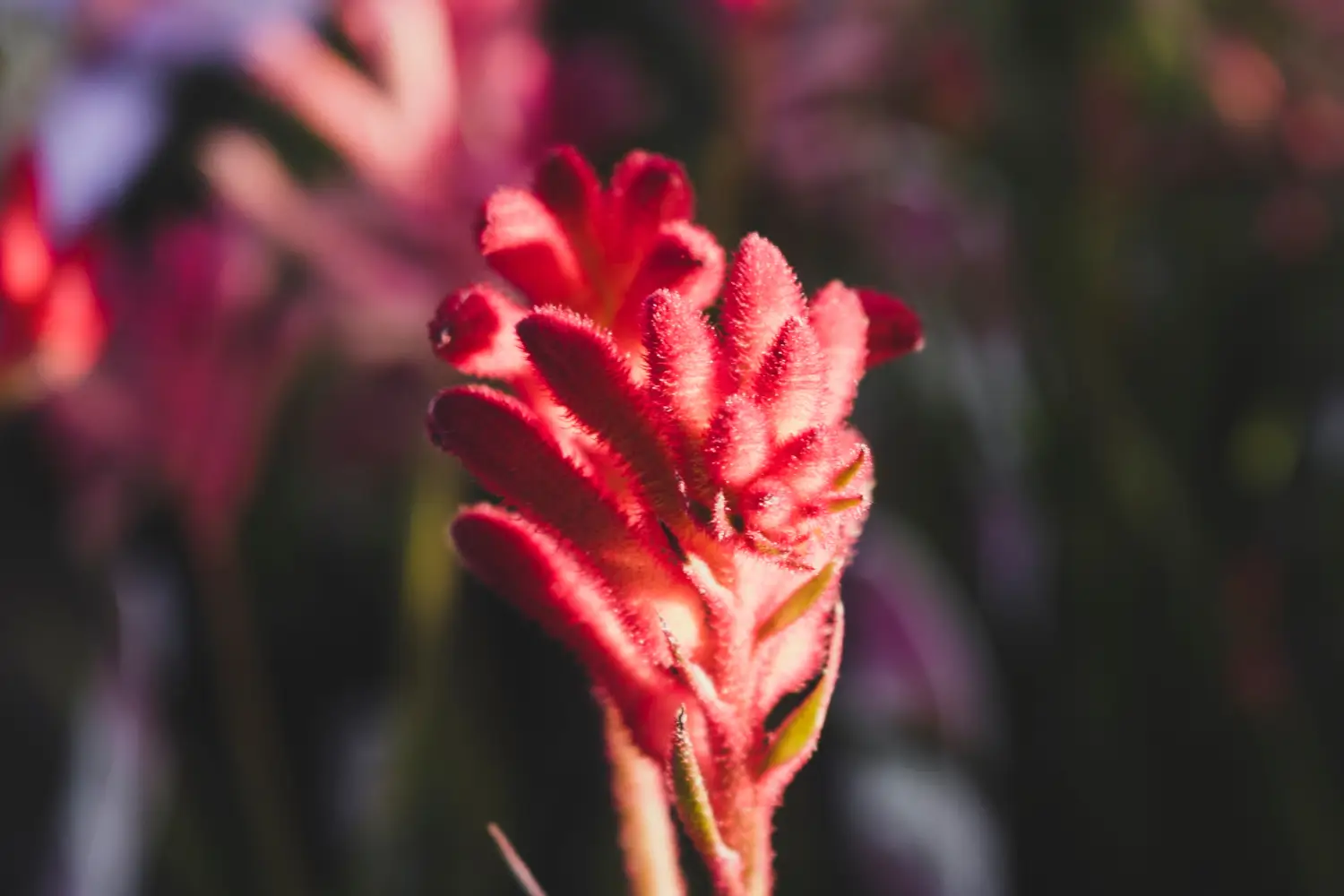
Kangaroo Paw
A Unique Flower That Adds a Bit of Australia to Your Garden
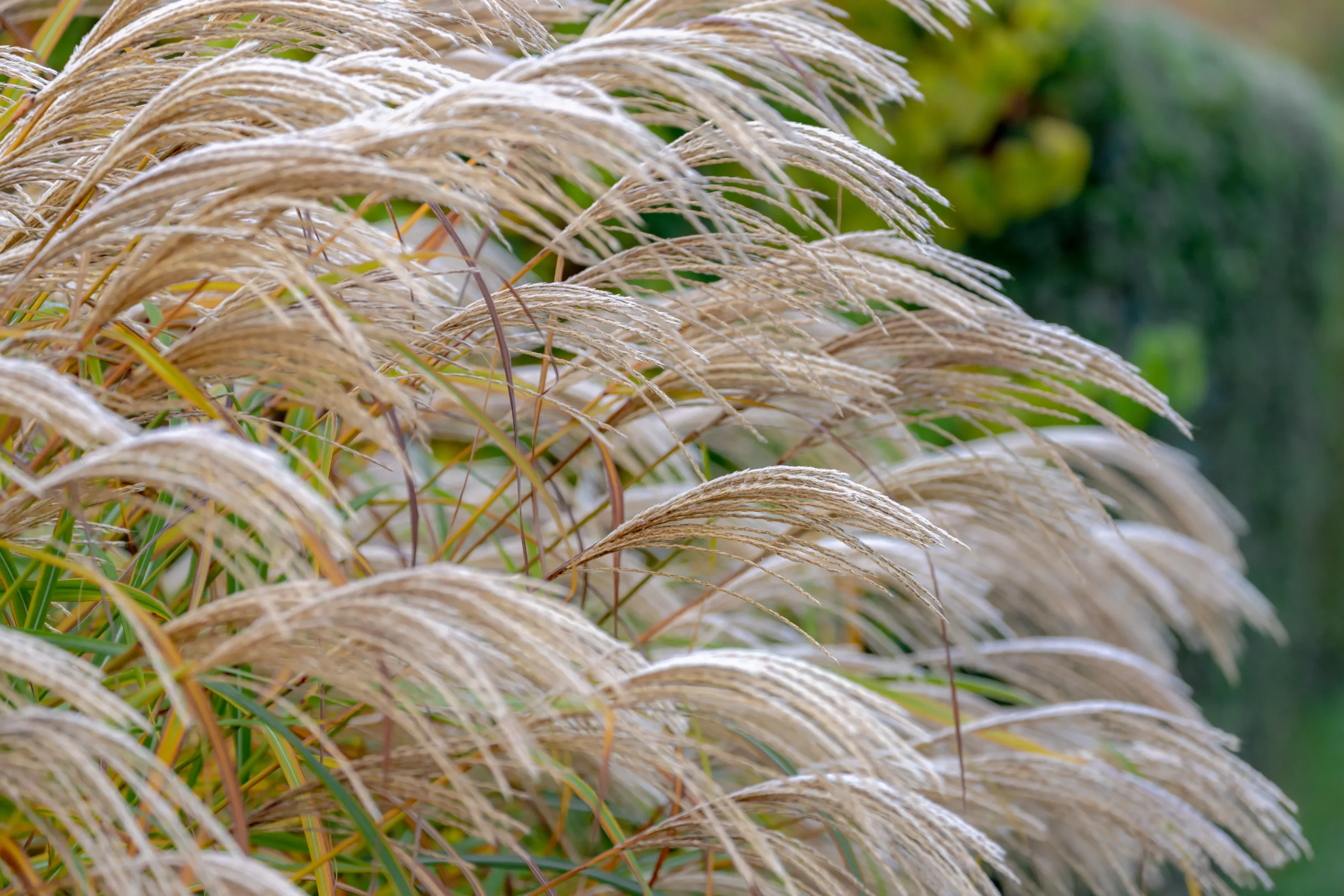
Karl Foerster Feather Reed Grass
A Graceful, Low-Maintenance Grass That Dances in the Breeze
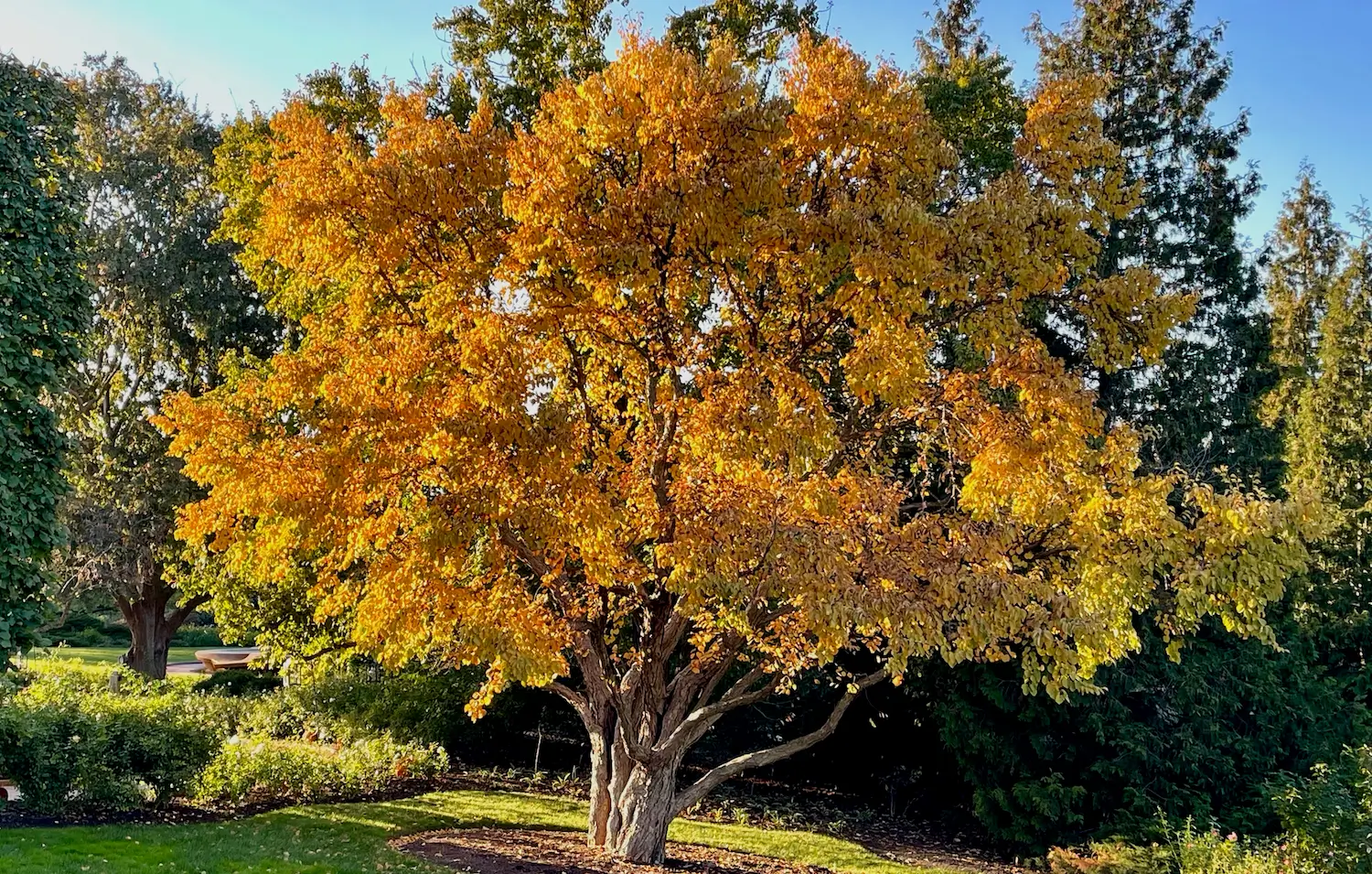
Katsura Tree
A Charismatic Tree with Heart-Shape Leaves and Fragrant Autumn Colors
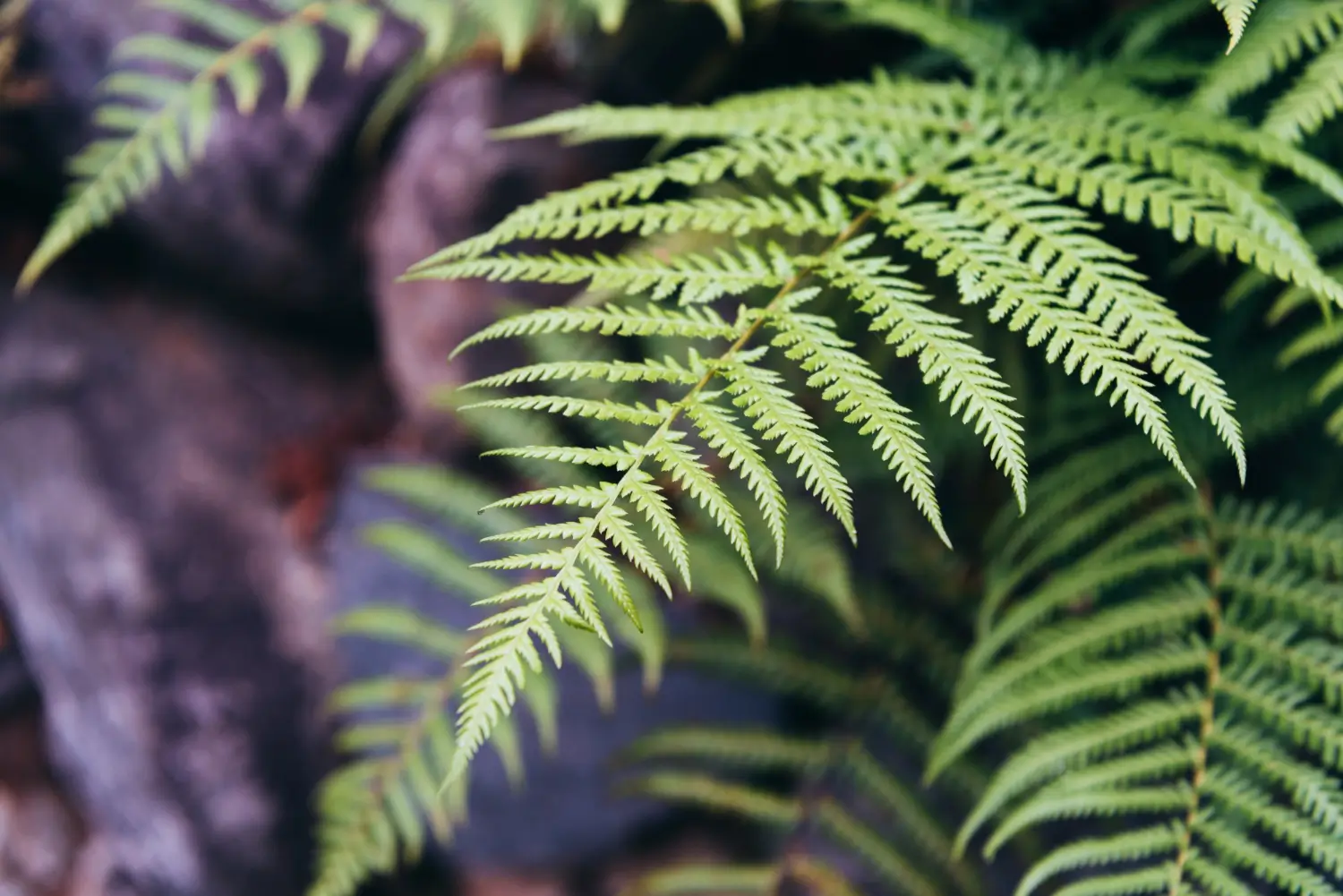
Lady Ferns
A Thin and Elegant Greenery That Flourishes in Shade
Despite its exotic appearance and velvety leaves, Calathea warscewiczii isn’t as intimidating to care for as its reputation suggests. Once you learn its most basic requirements — primarily those relating to light, water and soil — you might realize that it’s less about complexity than it is about consistency. Native to the shaded, moist floors of Central American rainforests, this plant thrives in similar indoor environments where filtered light, moisture, and warmth combine. While it may not bloom often, its dramatic foliage more than makes up for it.
Calathea warscewiczii, like many tropical understory plants, prefers bright but indirect light. Too much direct sun can fade or burn its patterned leaves; too little can result in stunted growth and dull colors. An east-facing window or a spot just out of reach of direct afternoon sun is ideal. If you see leaves curling or losing their vibrancy, it may be a sign that the light is either too harsh or too weak.
This plant adores moist conditions but not soggy roots. That’s why the proper medium is important. A well-draining potting mix that holds some moisture but doesn't get soggy or compact is ideal. This balance can be achieved by using a mixture of peat or coco coir with perlite and bark. Avoid dense or clay-based soils, as they tend to hold too much water and suffocate roots.
When it comes to watering Calathea warscewiczii, it’s all about balance. Just keep the soil evenly moist, but not soggy. Allow the top inch of soil to dry a bit before watering. Water that’s high in chlorines, fluoride or salts can lead to brown leaf edges, so it’s better to use filtered, distilled or rainwater instead. Water less during the cooler months when the plant is less active, but do not let it dry out completely.
Pruning is important to keep your Calathea in good health, promote new growth and avoid pests and disease. It is not a fussy plant that requires aggressive pruning, but a little maintenance makes big differences.
When and How to Prune:
Seasonal Tips:
Calathea warscewiczii doesn’t propagate from cuttings. Instead, division is the preferred method — and best done when repotting.
Divisions may take a few weeks to adjust, but with proper humidity and warmth, they’ll establish successfully.
Calathea warscewiczii is an amazing container plant, but selecting the right pot and conditions are important.
Potting Tips:
Positioning Indoors:
Indoors, Calathea warscewiczii continues to grow year-round, but it slows down in winter. During this time:
If the plant is near a heater or air vent, move it to a more stable environment to avoid leaf stress.
Though Calathea warscewiczii can occasionally bloom indoors, its small, white conical flowers are modest compared to the dramatic foliage. Blooms are infrequent, especially in non-tropical locations. Most growers concentrate on keeping the plant’s glory — its lush leaves.
Even the most attentive plant parents can run into trouble — and Calatheas are known for being expressive about their needs. Environmental stress, uneven watering and bad air are the main causes.
Understanding the signs early will help you course-correct quickly.
Common issues:
1. Crispy, browning leaf edges
2. Yellowing leaves
3. Leaf curling
4. Pests (spider mites, fungus gnats)
Known for its velvety leaves, Calathea warscewiczii brings some serious drama with its bold, green and mysterious foliage. Although it can be finicky about both humidity, water and light, understanding its rainforest roots helps set up a care routine that works. And with regular pruning, mindful watering, and a humid environment, this nontoxic stunner will thrive indoors and be the star of your houseplant collection.
Yes — it’s non-toxic to cats and dogs.
Daily misting helps, but consistent humidity (over 50%) from a humidifier is more effective long-term.
It can tolerate low light but thrives in medium to bright indirect light. Avoid dark corners or direct sun.
Every 1–2 years, preferably in spring.

Soil Health & Fertilization
Victor Miller
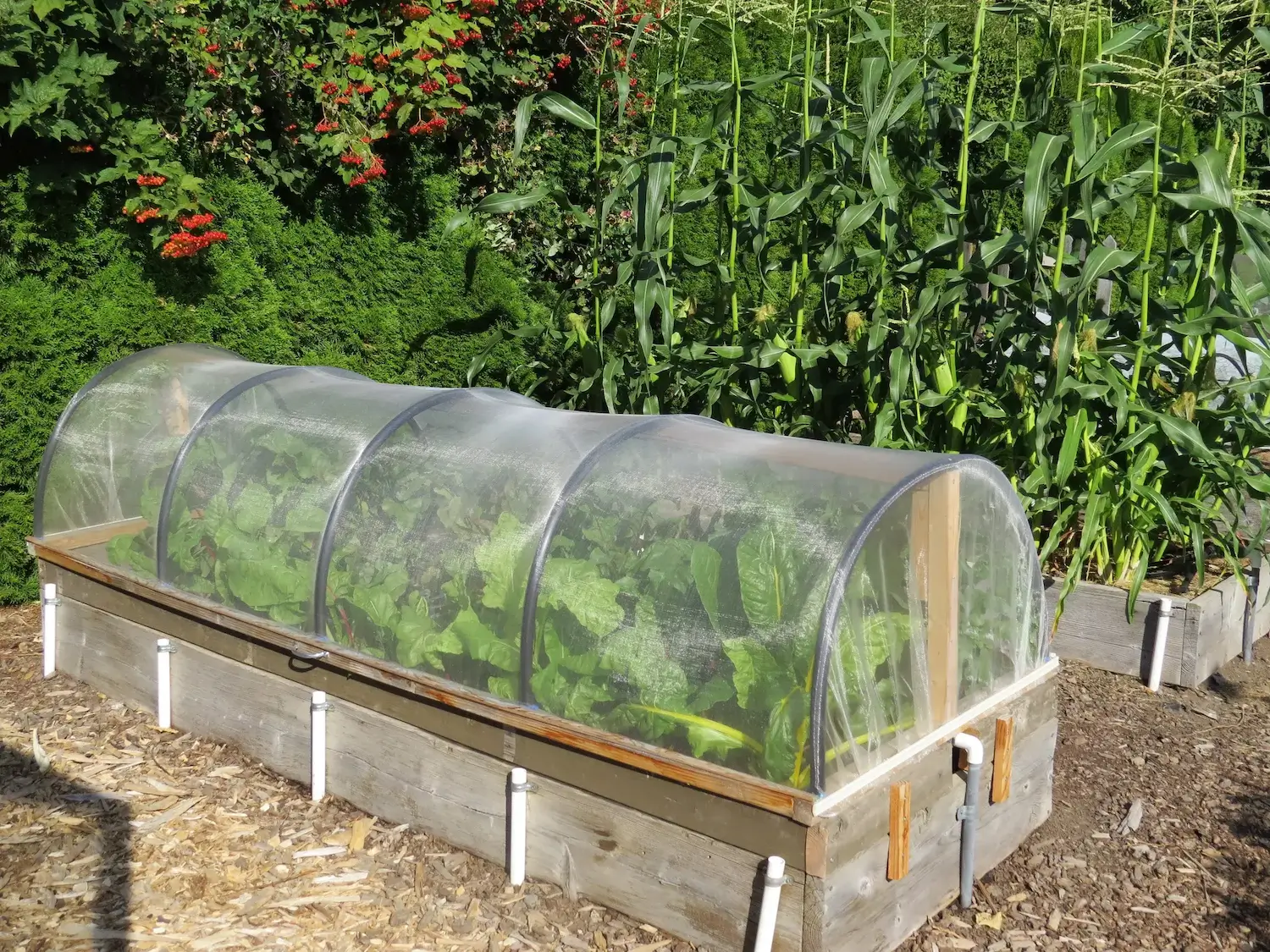
Pest Identification & Prevention
Victor Miller
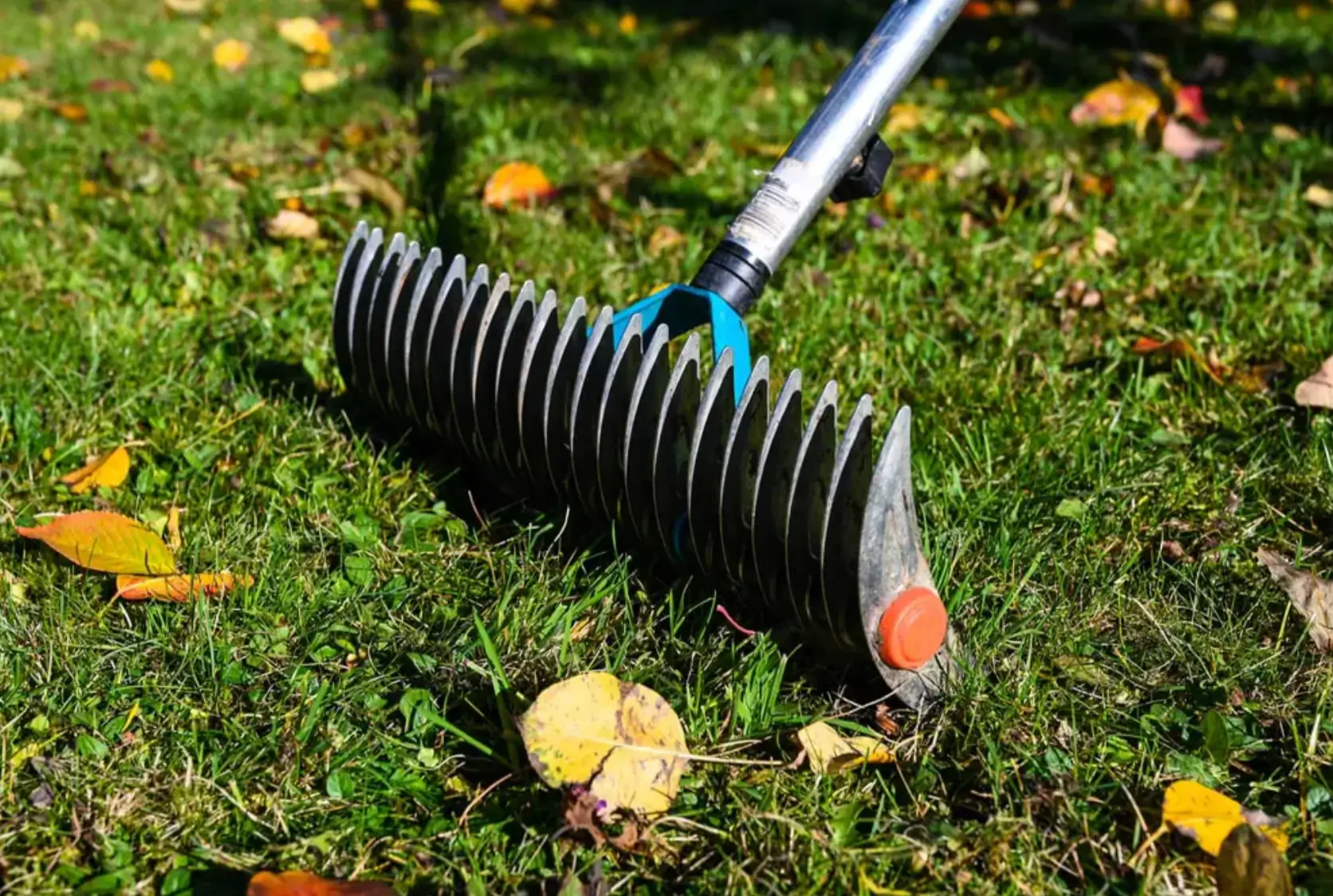
Lawn Care Tips & Maintenance
Victor Miller
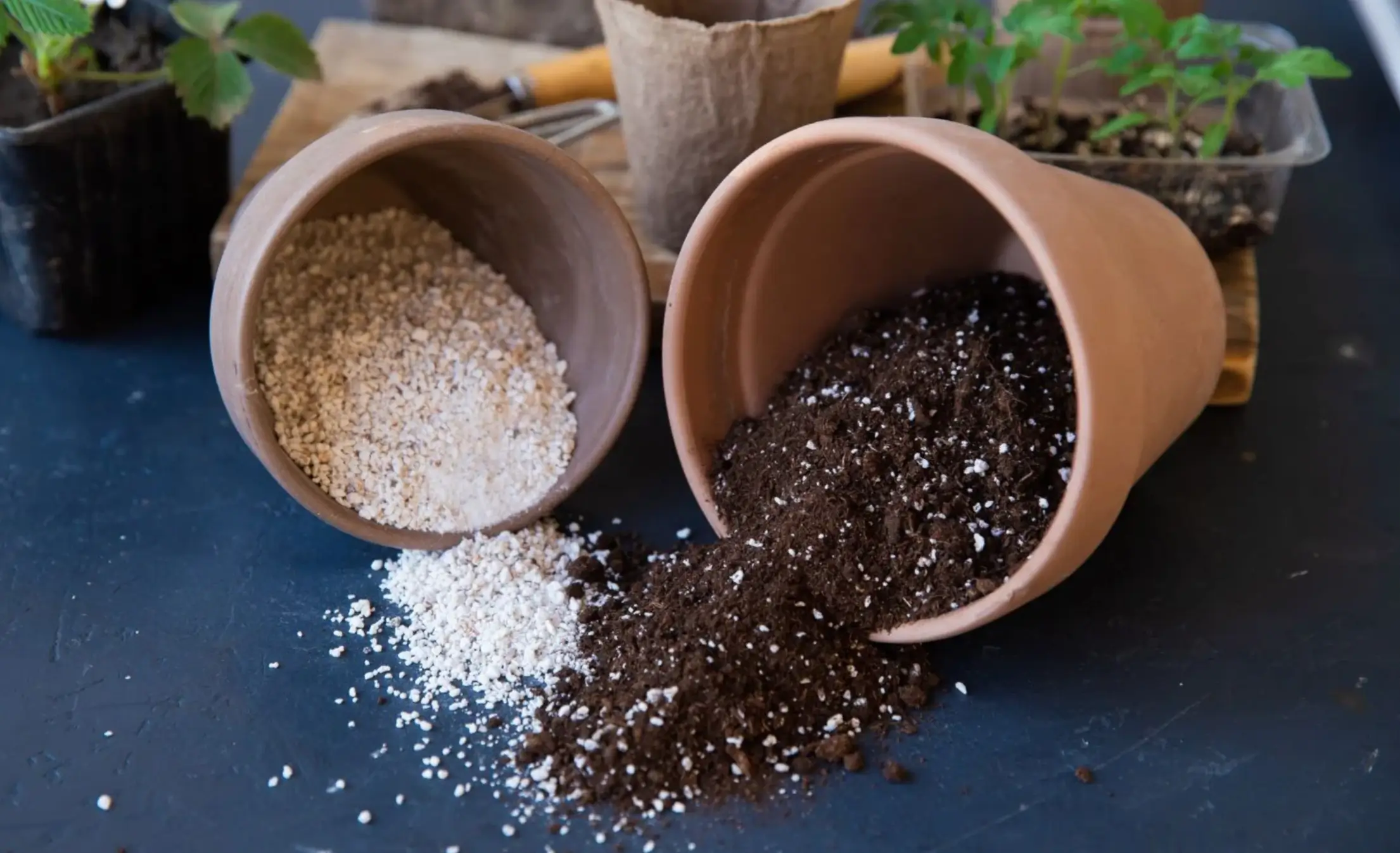
Soil Health & Fertilization
Victor Miller
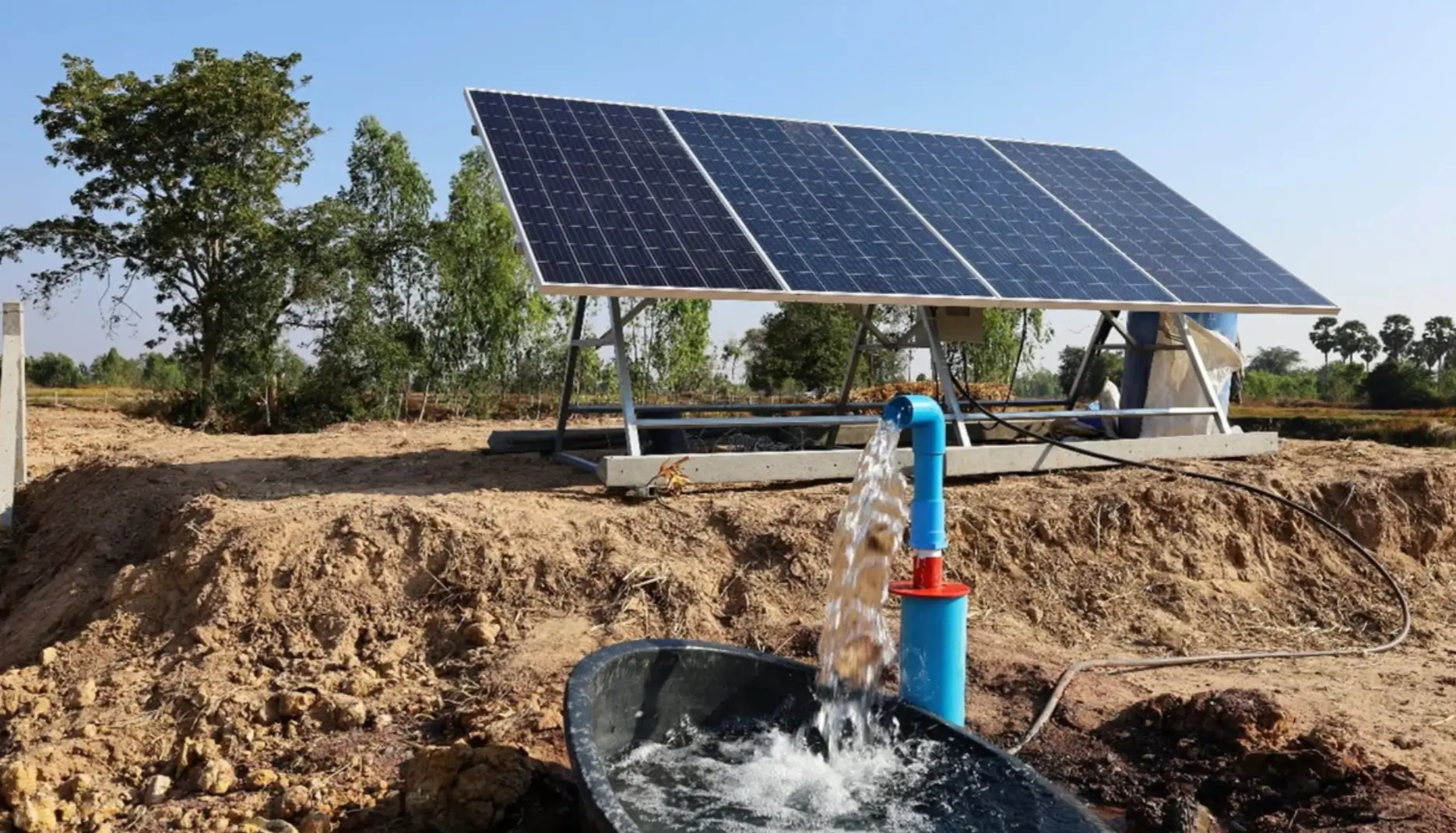
Smart Irrigation Systems
Victor Miller
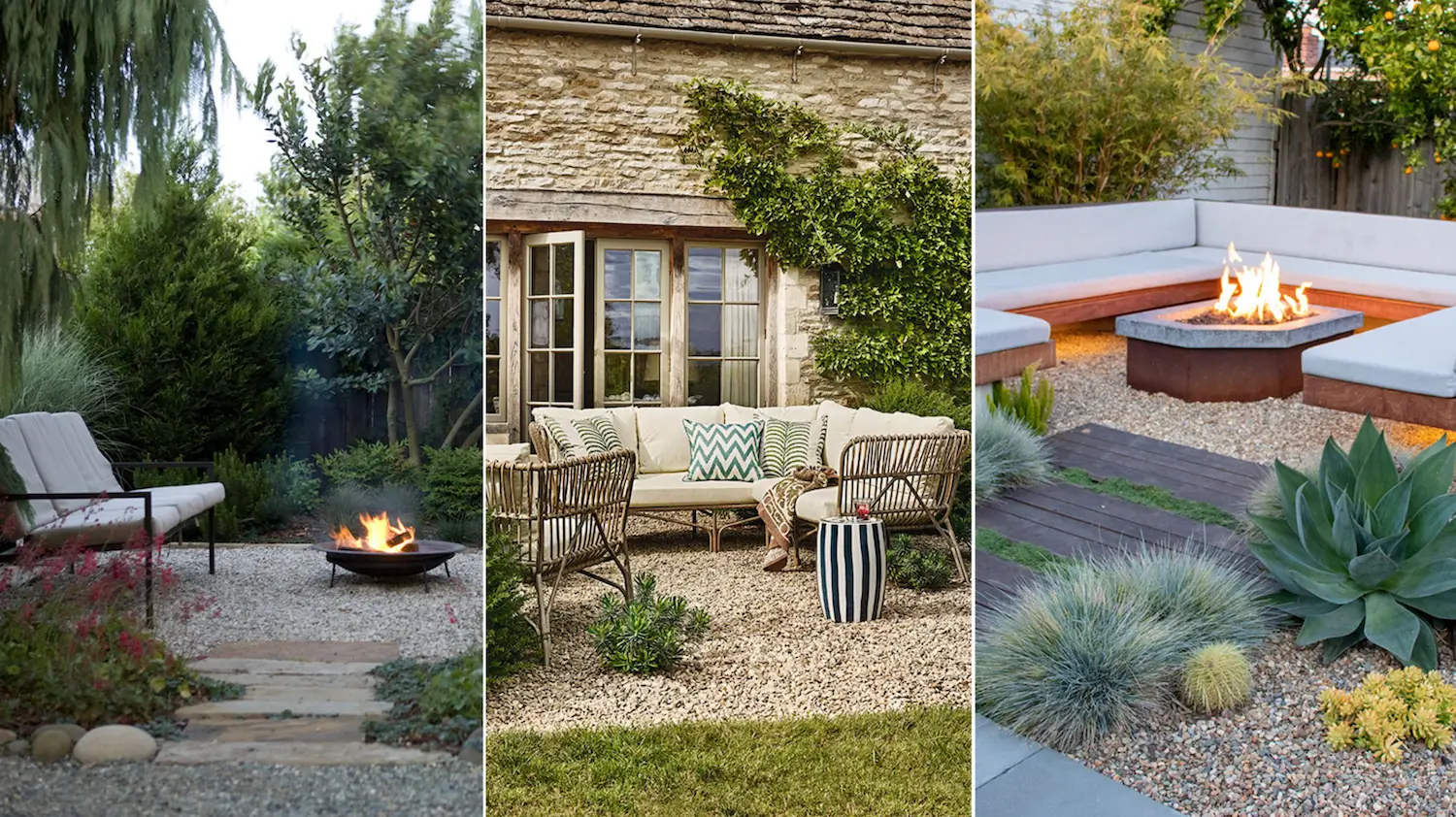
Patios, Walkways & Driveways
Victor Miller
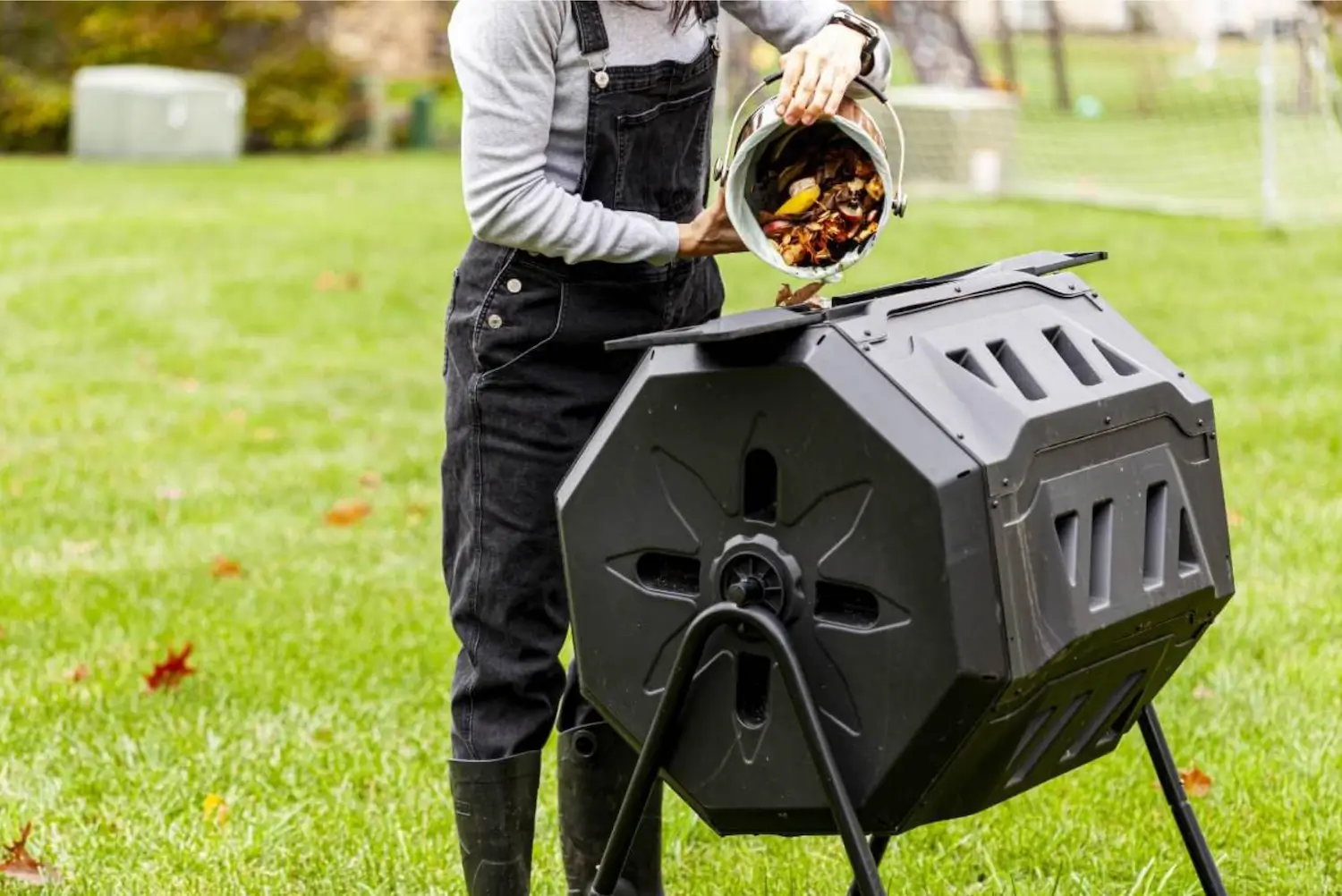
Soil Health & Fertilization
Victor Miller
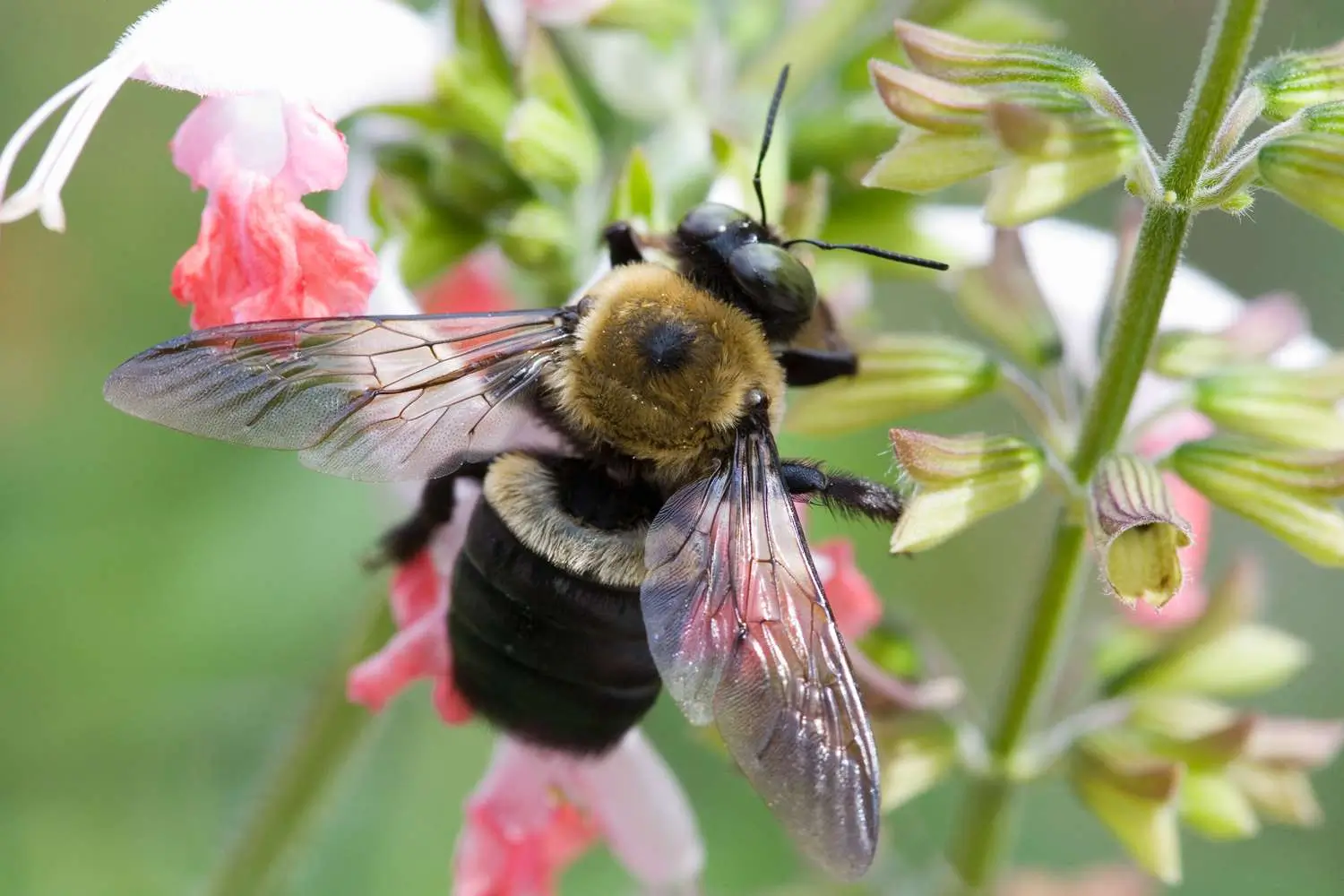
Pest Identification & Prevention
Victor Miller
My Account
Our team is always here to help.
We are open Monday - Friday, 9:00 AM to 4:30 PM PST.